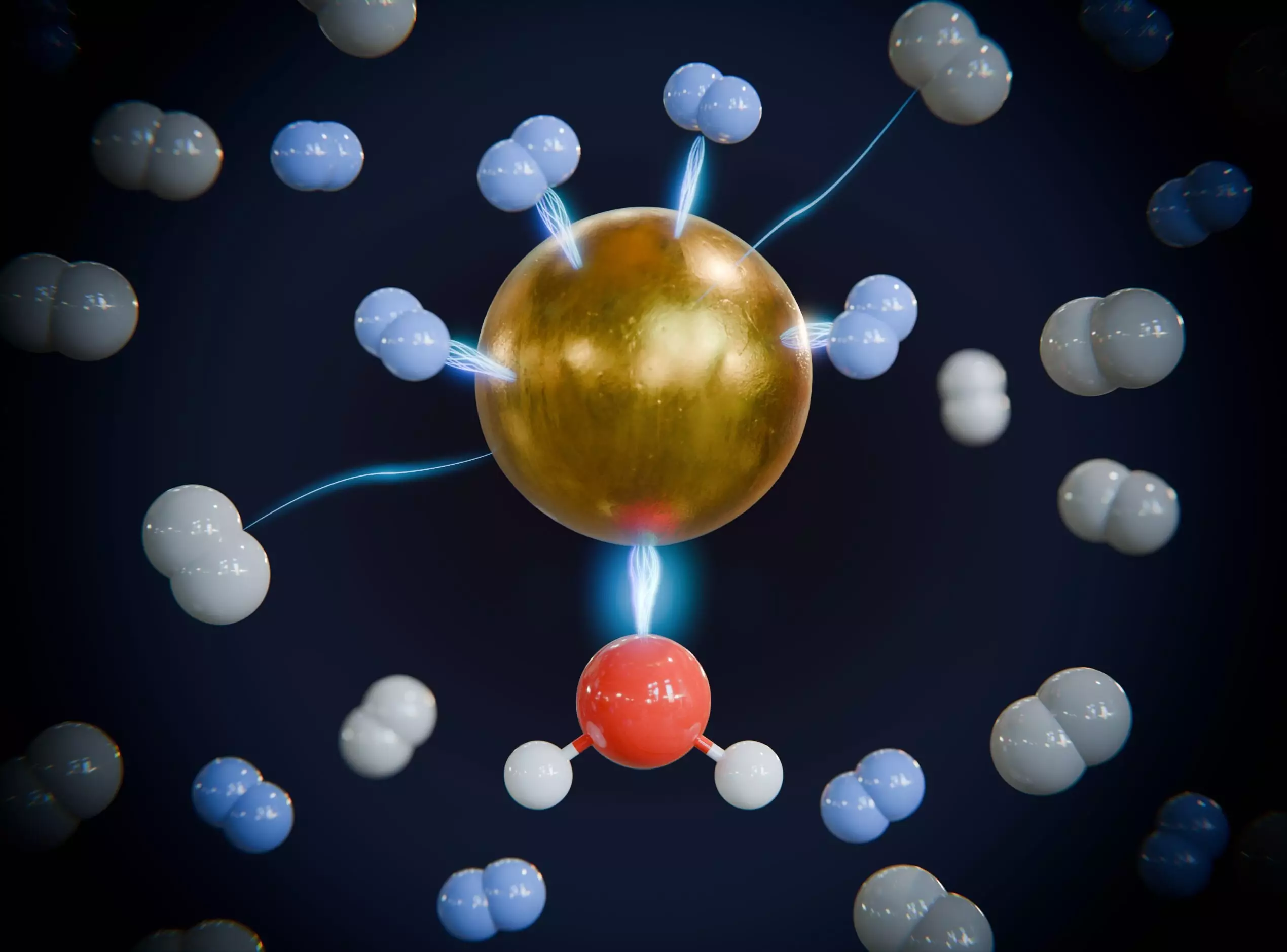Hydrogen, the most abundant and lightest element in the universe, is finding a central role in discussions about clean energy and sustainability. As the world shifts toward greener energy sources, the demand for hydrogen is skyrocketing. Its isotopes—protium, deuterium, and tritium—are not just scientific curiosities but are increasingly relevant in various industrial and research applications. Protium, the primary isotope, forms the backbone of hydrogen applications, while deuterium is gaining attention for its utility in pharmaceuticals and other chemical reactions. Tritium, on the other hand, holds promise for future nuclear fusion technologies, which may revolutionize energy production.
The ongoing quest to harness and separate these isotopes efficiently and affordably has recently gained momentum thanks to innovative research from a collaborative team at Leipzig University and TU Dresden. Their groundbreaking findings have opened up exciting new avenues for hydrogen isotope separation at ambient conditions, which could drastically alter the landscape of hydrogen production.
Producing hydrogen isotopes in pure forms has become a significant obstacle in advancing hydrogen technology. Isotopes, while differing in neutron count, share strikingly similar physical characteristics, complicating the separation process. Existing methods for isotope separation typically demand substantial energy investments and often operate under extreme conditions, usually around -200 degrees Celsius, making them economically unfeasible for large-scale industrial applications.
The research team from the Hydrogen Isotopes 1,2,3H Research Training Group has made a noteworthy contribution by employing porous metal-organic frameworks (MOFs). These materials have, for a long time, been touted for their potential to separate hydrogen isotopes effectively. Until now, conditions required for effective separation were prohibitively cold, limiting practical applications.
The recent findings published in the journal Chemical Science detail a breakthrough in the potential to separate hydrogen isotopes at room temperature. Professor Knut Asmis from Leipzig University emphasizes that while MOFs had shown potential for isotope separation, their practical applications were hampered by the need for extremely low temperatures. By conducting detailed research into the binding selectivity of isotopes within these porous structures, the team has gained valuable insights into how the framework’s atomic structure affects the adsorption process.
The doctoral researchers—Elvira Dongmo, Shabnam Haque, and Florian Kreuter—played integral roles in this investigation. They examined how individual atoms within the framework bond with hydrogen isotopes, unraveling the complex mechanisms dictating their preferential adhesion. Utilizing cutting-edge spectroscopy, quantum chemical calculations, and binding analyses, they were able to demonstrate that careful manipulation of framework properties could enhance the selectivity for specific isotopes.
This revolutionary approach to isotopic separation carries profound implications for various industries. With the capability to produce high-purity deuterium, for example, pharmaceutical companies could enhance the efficiency and effectiveness of drug development. Moreover, the availability of tritium as a fusion fuel could lead to significant advances in sustainable energy, addressing urgent global energy challenges.
As the research team continues to refine their techniques, the potential for translating this fundamental science into practical applications grows. An extensive understanding of the framework’s atomic behavior may lead to the development of customizable MOFs that specifically target the separation of hydrogen isotopes at room temperature.
The work being done by the Leipzig University and TU Dresden team not only represents a critical step toward the practical application of hydrogen isotopes but also exemplifies the importance of interdisciplinary research in solving some of today’s pressing scientific challenges. The pursuit of efficient hydrogen isotope separation may well contribute to a brighter, more sustainable energy future.


Leave a Reply